With my last book, Spain: Recipes and Traditions, safely launched and sent along on its way (fueled by encouragingly good press), I feel the time is right to announce news of my next book. A long-form non-fiction work this time. Titled Darjeeling: The Colorful History and Precarious Fate of the World’s Greatest Tea, it is about the world’s greatest tea.
India produces about a billion kilograms, or over two billion pounds, of tea a year. Estates stretch across diverse parts of the country. But Darjeeling is the indisputable jewel in India’s tea-producing crown. Its eighty-seven tea gardens account for only a fraction of the globe’s tea, and less than a single percent of India’s total. Yet the tea from that limited crop—with its characteristic brightness (frequently likened to newly minted coins), fragrant aromas, and sophisticated, complex flavors that are delicate, even flowery, and hint of apricots and peaches, muscatel grapes, and toasty nuts—is the world’s premium tea, “the champagne of tea.”
Tea does not grow naturally in Darjeeling. It has only been on these Himalayan foothills for 170 or so years. How did it get there? Why was it brought to this isolate place? Why did it thrive? And what makes its flavors impossible to replicate anywhere else?
In Darjeeling ecology, history, tradition, culture, orthodox methods, and terroir have come together to create a sublime product with an unduplicatable essence. (*Scroll down for photos.)
But Darjeeling’s future—its present, even—is under threat. Yields are now half of what they once were, changes in climate are battering the land, worker absenteeism is averaging over 30 percent, and a long-simmering separatist movement completely shut down the Darjeeling hills for five weeks this summer.
It’s the story of all that, but also of the measures being taken to counter these challenges and save India’s most exclusive and iconic brew that are nothing short of radical.
The book was picked up by George Gibson, the publishing director of Bloomsbury USA and legendary editor behind Mark Kurlansky’s Cod and Salt, Dava Sobel’s Longitude, Ross King’s Brunelleschi’s Dome, and many other original, best-selling titles.
Darjeeling, then, has its ideal editor. But also its idea publisher. With Bloomsbury’s quartet of publishing offices—NYC, London, New Delhi, Sydney—the main English-speaking (and tea-addicted) markets for this book are well covered. I’m thrilled to join many of my favorite authors on their roster.
My passion for Darjeeling tea goes back two decades. I had been travelling in Africa and Asia for a couple of years after college, over-indulging in the delectable range of milky teas—also sweet, often milky, sometimes spicy—when I arrived in Darjeeling. That frigid December I tasted tea itself for the first time: pure and fresh, no sugar, no milk, no lemon, no cardamom or ginger, no spices. Just Darjeeling’s Himalayan sunlight in a cup.
Many of my strongest memories from my months in India, memories that have drawn me back to the country in the years since, involve tea.
And it was that week in Darjeeling that brought me back for this book. Keen to follow an entire harvesting year, I spent time during each of the year’s four harvesting seasons, from the opening first flush in March to the end of the autumn flush in November, watching the tea change with the seasons. Tasting its changes. (*In the images below, you can see how the color of the tea changes with each flush as well.) I hung out with many people in the industry around the Darjeeling hills and in Kolkata and Delhi, all backed up by almost two years reading and researching, but it was being with tea planters on nearly two dozen gardens where the secrets of the Darjeeling’s uniqueness revealed themselves.
But the season is over. The tea bushes have gone into hibernation. The factories are quiet. And I am in the final stages of writing. The manuscript is due in a couple of months.
Darjeeling will be published in early 2015. Stay tuned until then! Watch for updates and tweets about India, Darjeeling, and tea (as well as my home for nearly twenty years, Spain) @koehlercooks.
For now, a visual taste of Darjeeling tea taken during the 2013 harvesting season.
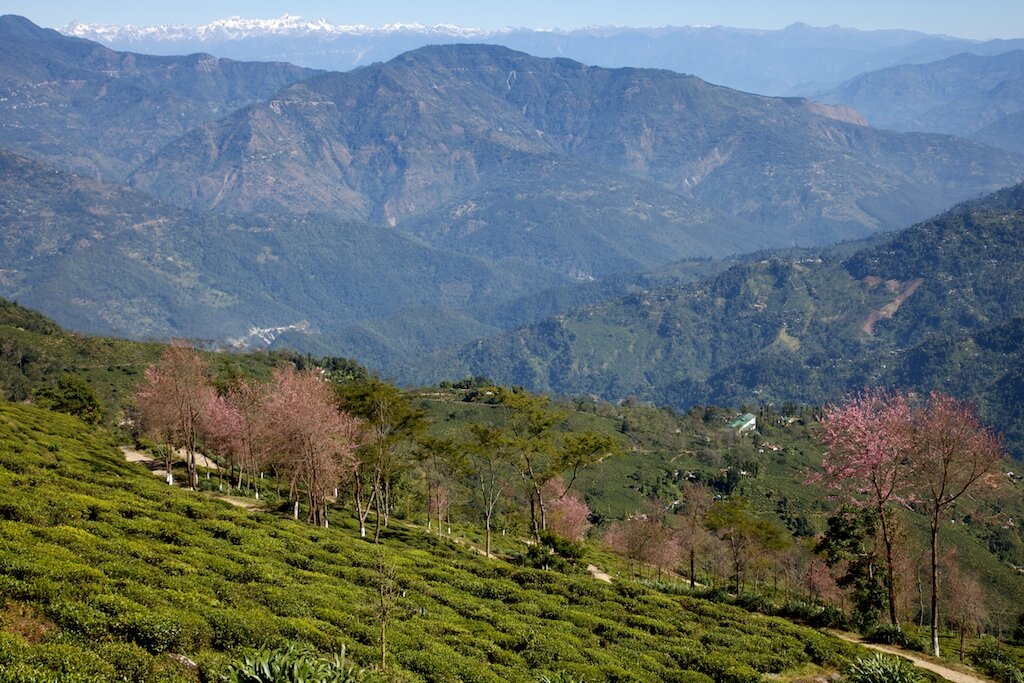
The road to Bannockburn Tea Estate to Ging Tea Estate. © Jeff Koehler
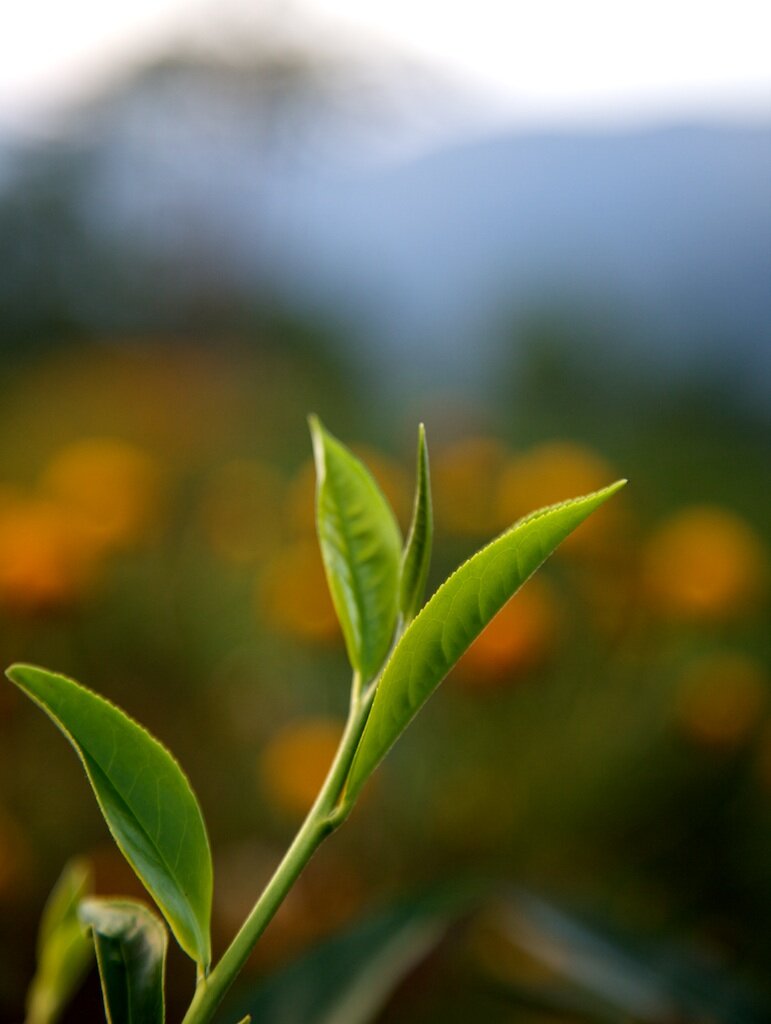
Two leaves and a bud: the quintessential Darjeeling pluck. It takes a staggering 22,000 of these to make a single kilogram of finished tea. © Jeff Koehler
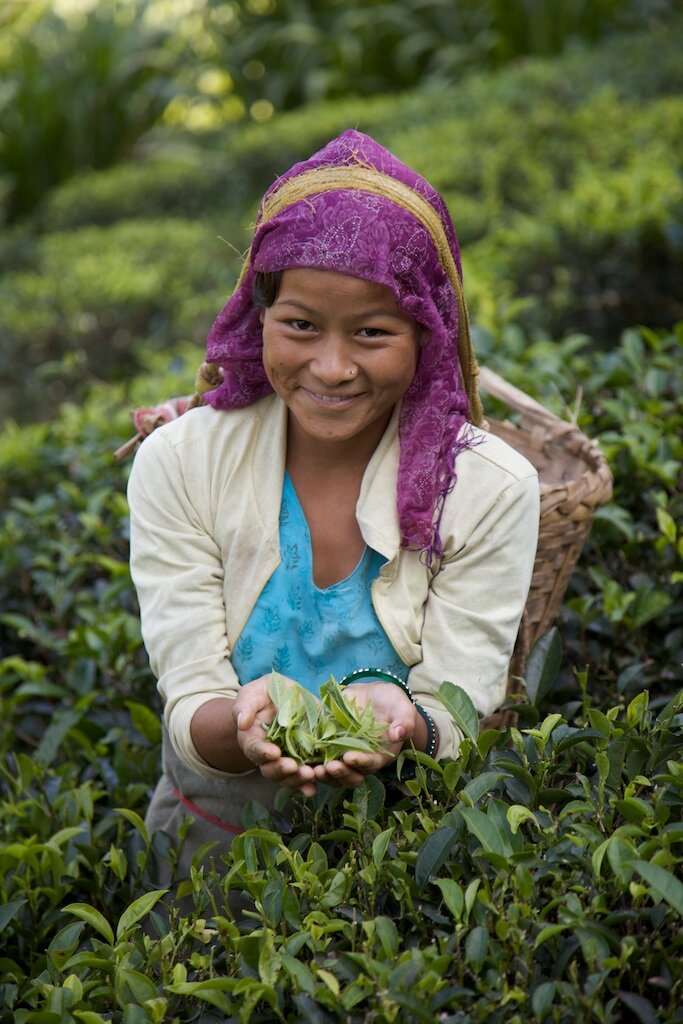
Plucking autumn flush leaves on Glenburn Tea Estate. © Jeff Koehler
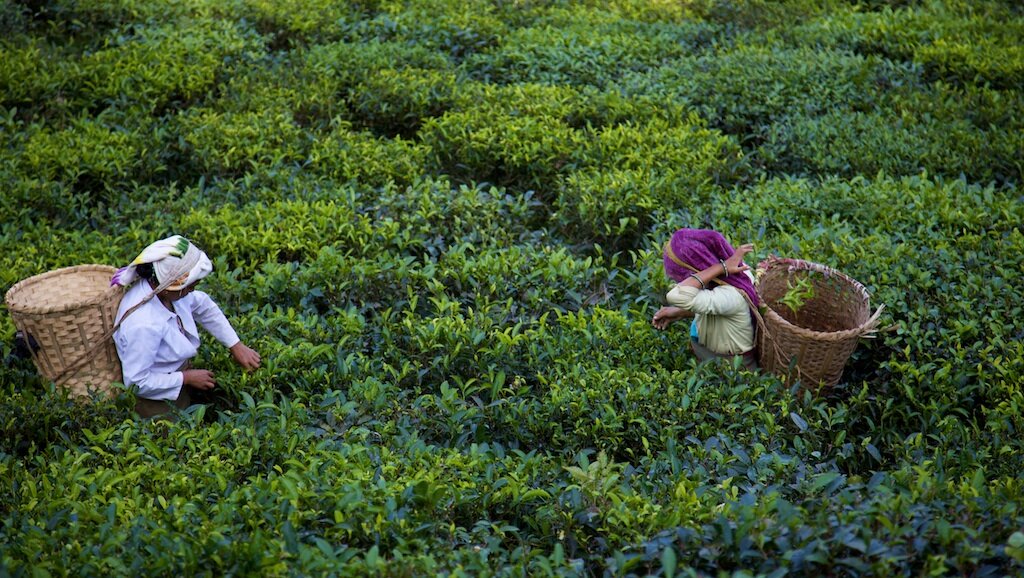
Pluckers on Glenburn Tea Estate. © Jeff Koehler
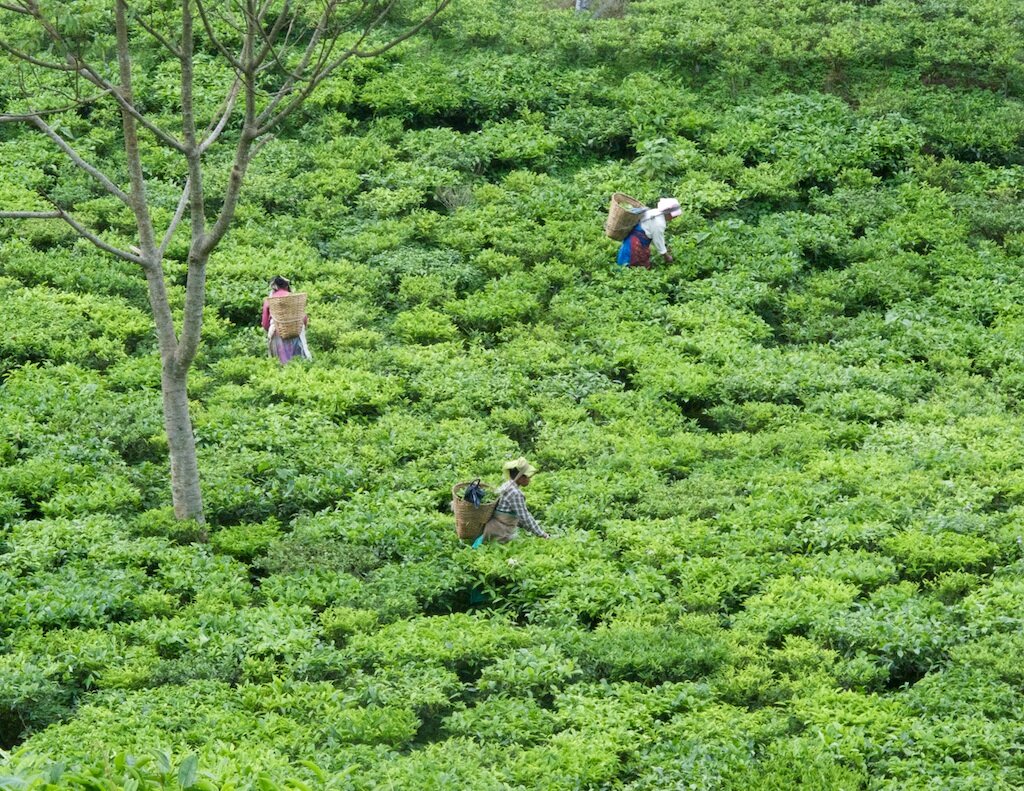
Plucking first flush leaves on Castelton Tea Estate. © Jeff Koehler
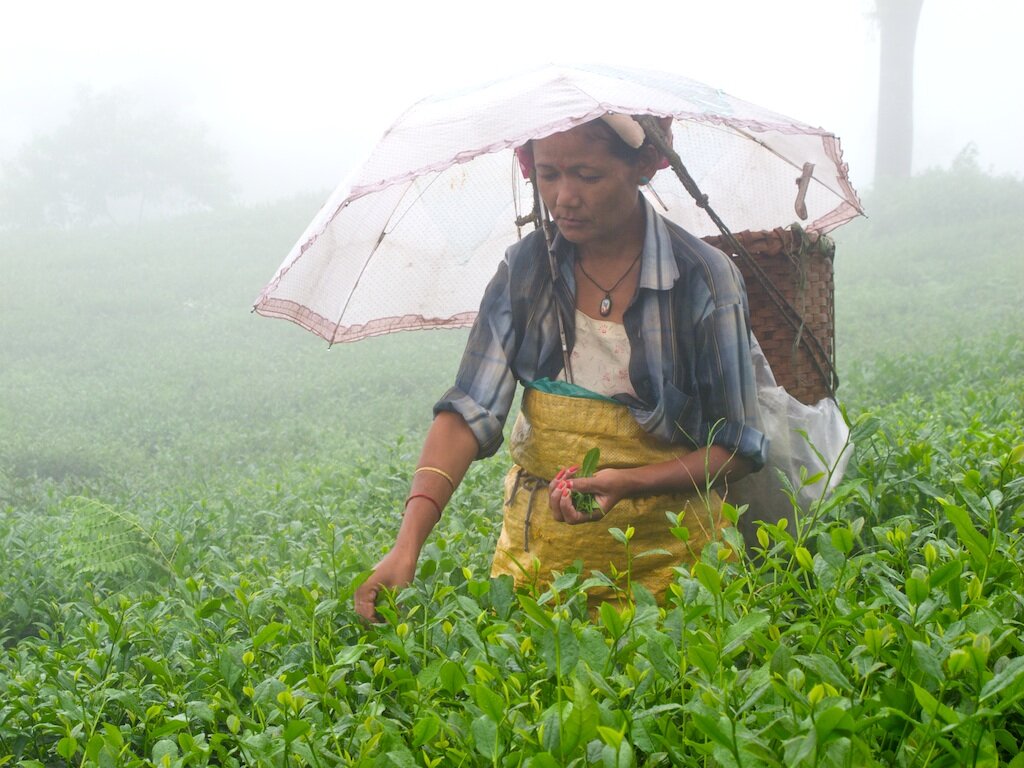
Plucking during the monsoon on Jungpana Tea Estate. © Jeff Koehler
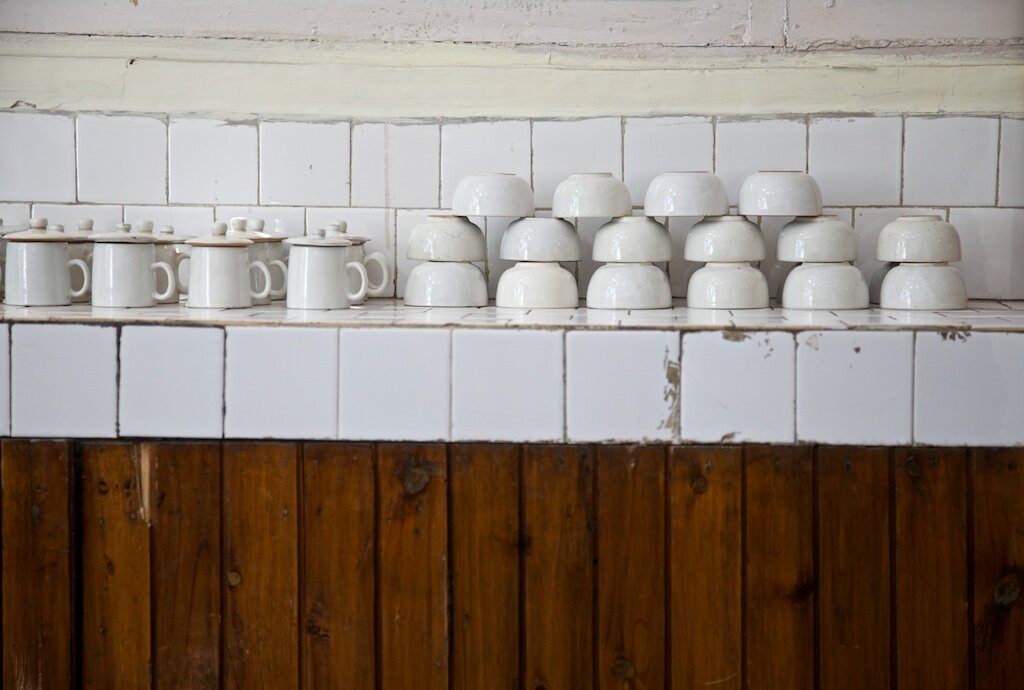
The tasting room on Namring Tea Estate. © Jeff Koehler

Sanjay Sharma doing a morning batch tasting on Glenburn Tea Estate. © Jeff Koehler
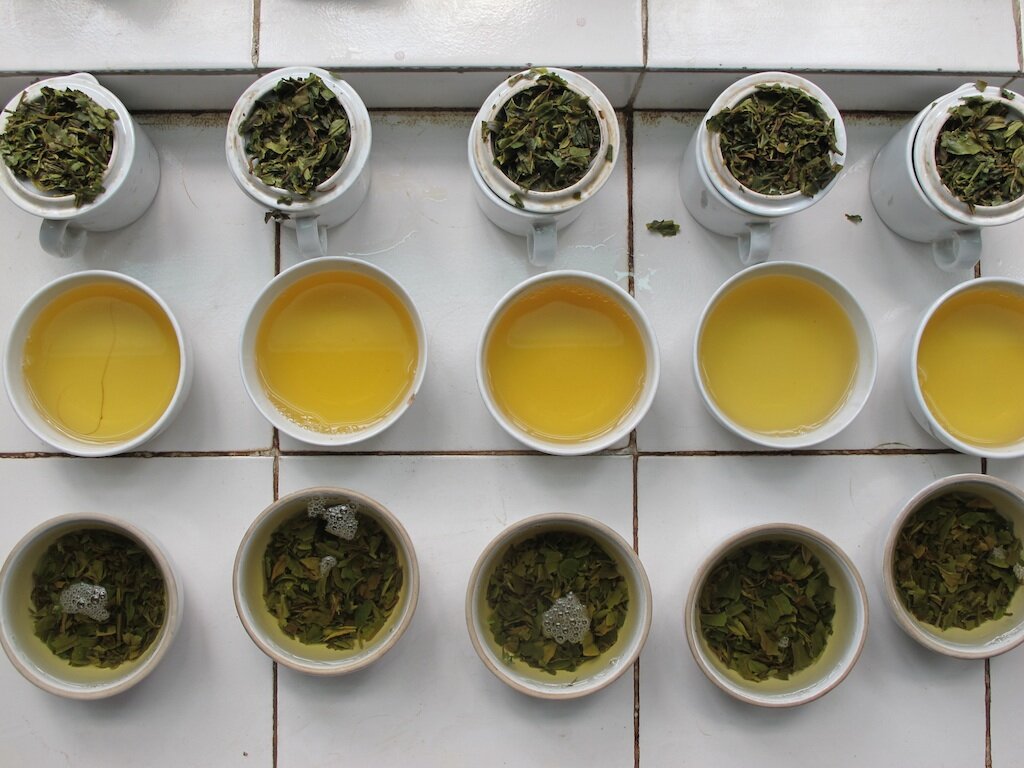
First flush teas. © Jeff Koehler
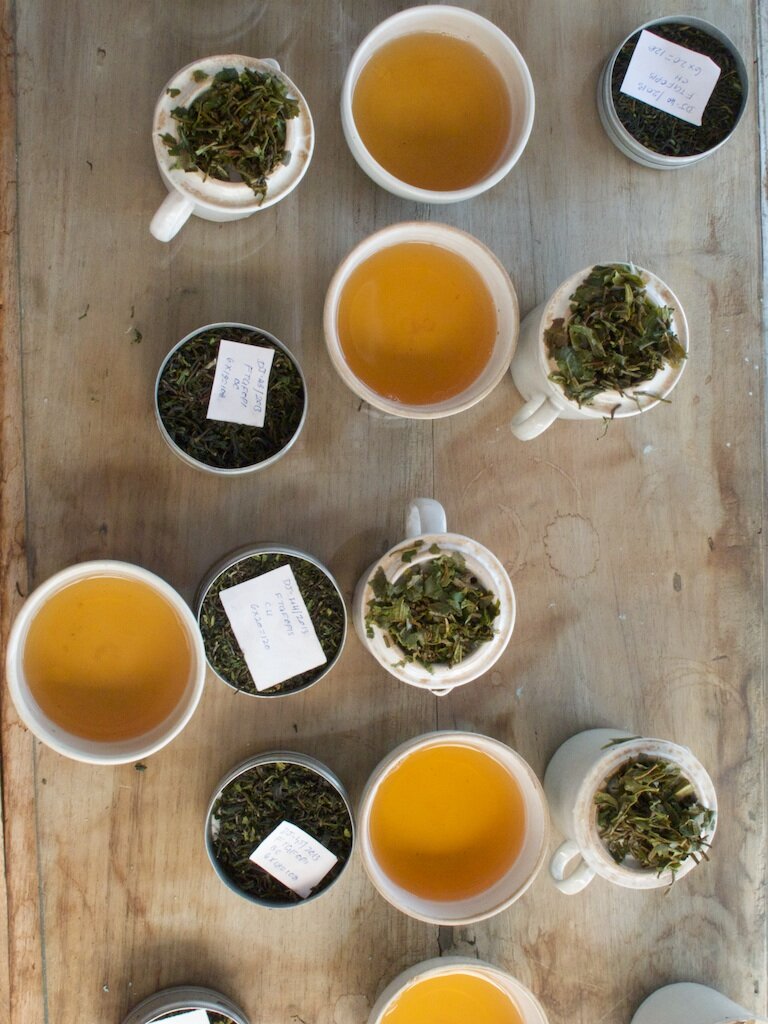
Second flush tea on Makaibari Tea Estate. © Jeff Koehler

Tasting first flush teas on Marybong. © Jeff Koehler
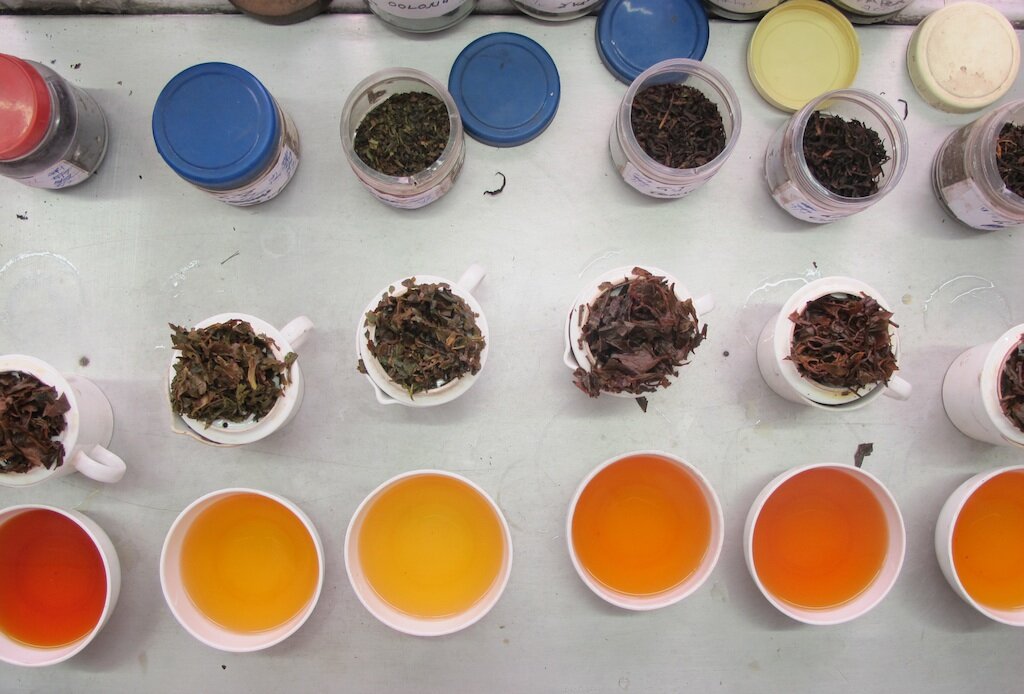
Late second flush and early monsoon teas on Goomtee Tea Estate. © Jeff Koehler

Autumn flush on Rohini Tea Estate. © Jeff Koehler
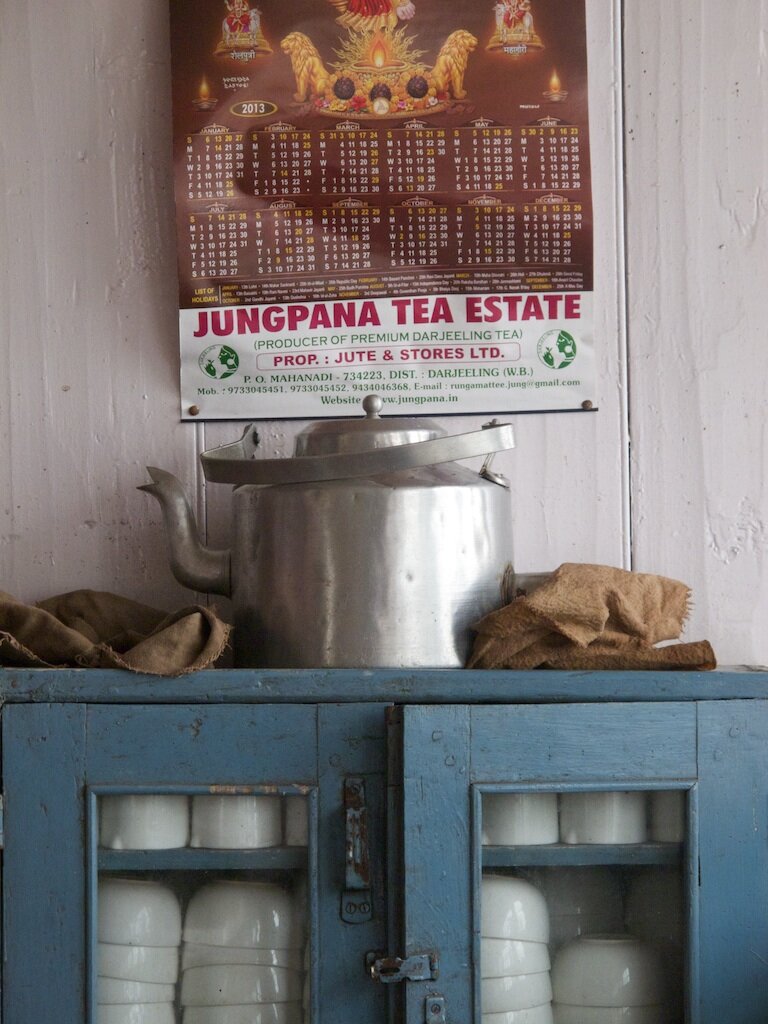
The tasting room at Jungpana Tea Estate. © Jeff Koehler
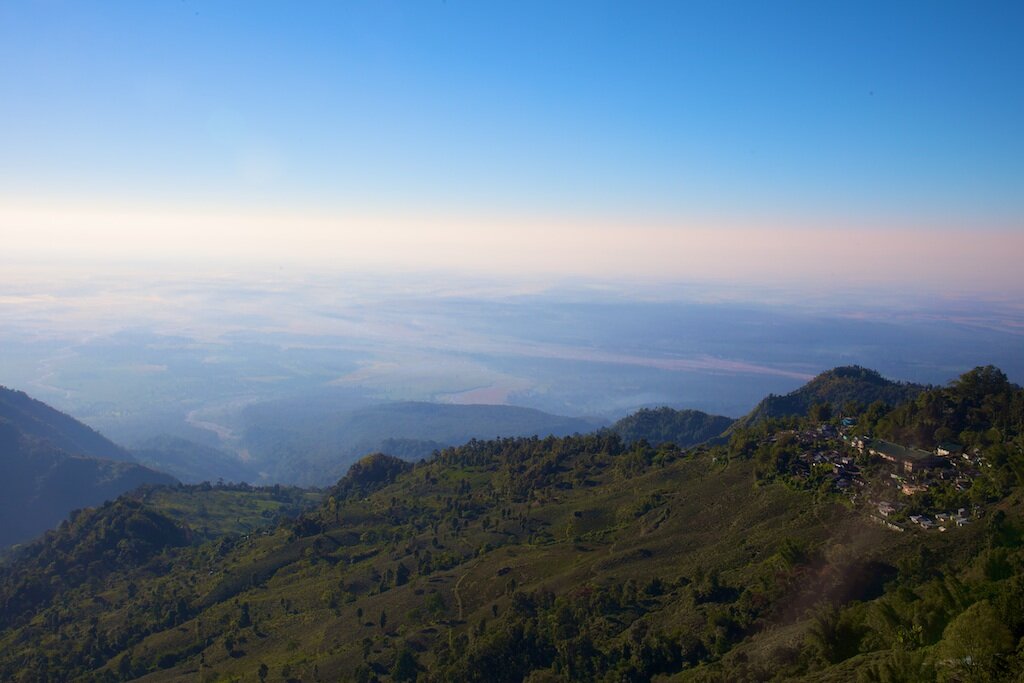
Makaibari Tea Estate and the view down to the plains. © Jeff Koehler
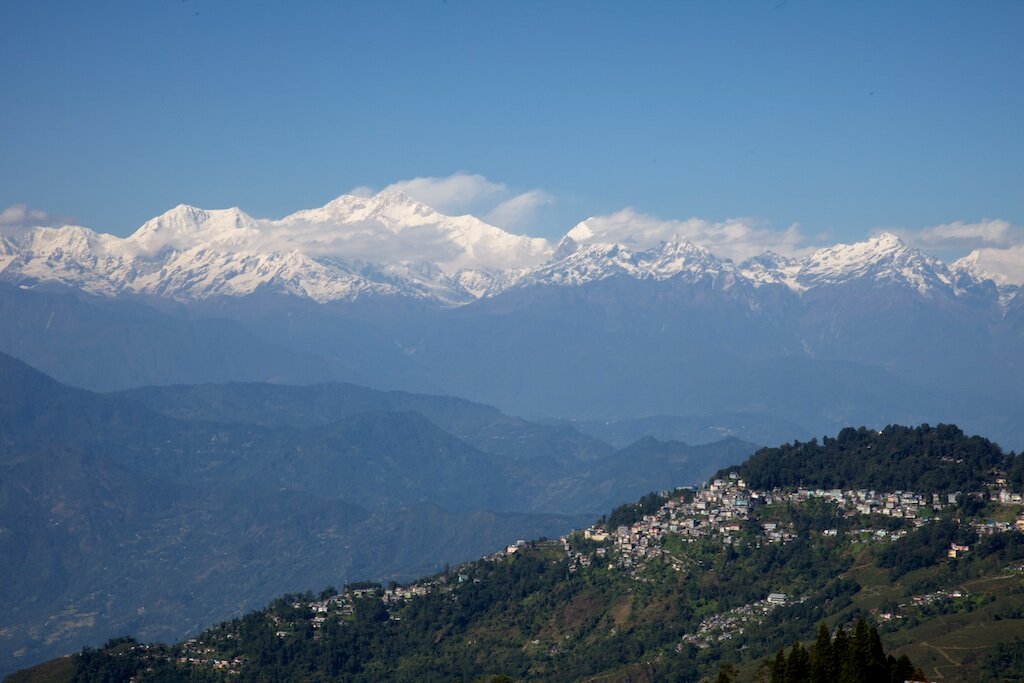
And Darjeeling town itself, backed by Kanchenjunga, the world’s third highest peak. © Jeff Koehler
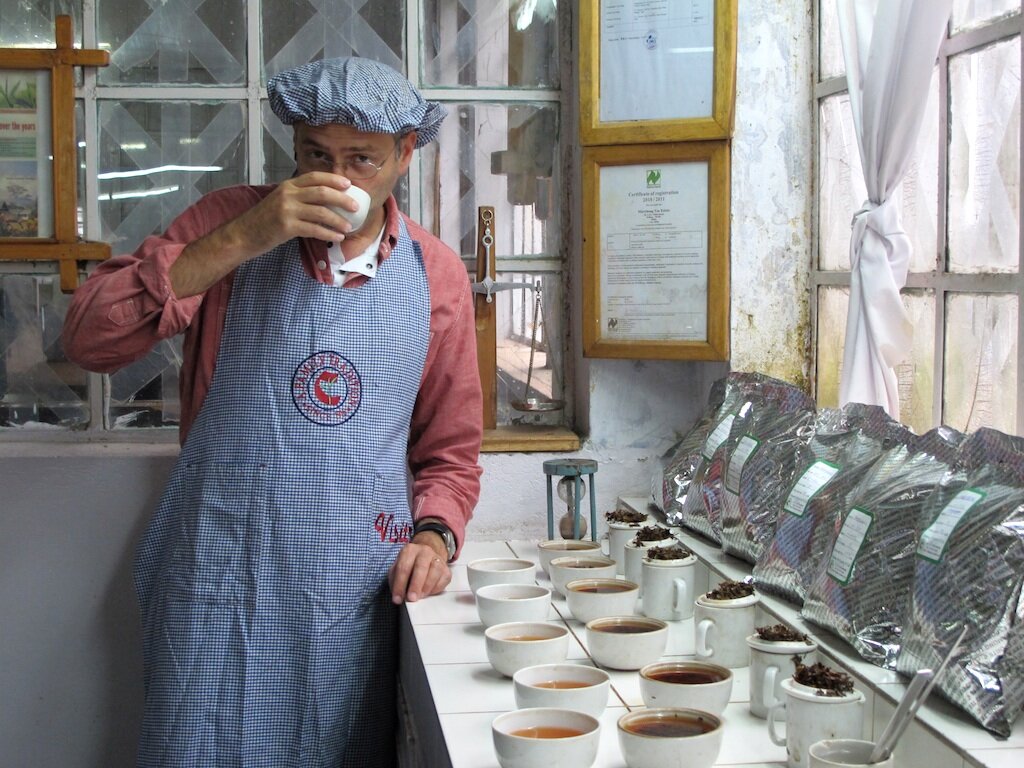
Finally, the author sampling a range of second flush teas on Marybong Tea Estate. © Jeff Koehler



















